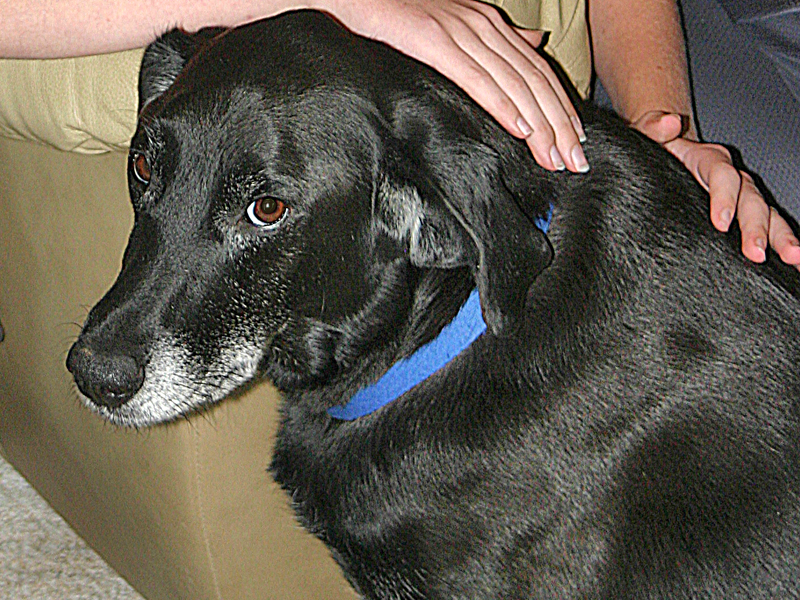A new standardized global certification program called the Center of Excellence for Independent Validators for Live Animals Logistics — which is designed to improve the safety and welfare of animals traveling via airplane — was launched earlier this month by the International Air Transport Association.
Global Certification Program for Animals Traveling by Airplane Launched
United Airlines has been criticized in recent months due to the treatment of animals aboard its airplanes. “A 10-month-old French bulldog died on a United Airlines flight after his carrier was placed inside a cabin overhead compartment at the direction of a flight attendant”, according to this controversial article written byMartine Powers of The Washington Post. “Of the 506,994 animals that flew on U.S. commercial air carriers last year, 24 died in transit. And 18 of those deaths — 75 percent — occurred on United Airlines.”
The article explains that “United accepts higher-risk dog breeds that other major U.S. carriers do not allow” by stating that brachycephalic — or “short-nosed” or “snub-nosed” breeds — tend to have more compact airways which leads to respiratory issues. “The short-nosed breeds include bulldogs, boxers, pugs, Boston terriers, Pekingese, mastiffs, shih tzus and others.”
The Center of Excellence for Independent Validators for Live Animals Logistics was developed by the International Air Transport Association; and according to this official press release, it “provides stakeholders across the air cargo supply chain with the assurance that CEIV Live Animals certified companies are operating to the highest standards in the transport of live animals.”
As more passengers travel with their beloved animals aboard airplanes, the airlines have had to meet the increasing challenges of handling and transporting those animals safely — and despite the fact that millions of animals have indeed arrived at their destinations safely and securely, even one death is deemed unacceptable…
…but the main problem is that each type of animal has its own specific requirements — as alluded by the aforementioned article — and just as importantly, those requirements are not solely limited to physical attributes. The cargo hold — and, to a lesser extent, even the passenger cabin — of an airplane is an unnatural environment for animals in general; and taking into consideration the emotional response of removing an animal from a familiar environment into the unfamiliar one of an airplane is a critical factor.
“Animal owners and shippers rely heavily on airlines to carry their precious cargo”, Nick Careen — who is the senior vice president of airport, passenger, cargo and security of the International Air Transport Association — said in the aforementioned press release. “As an industry, we have a duty of care to ensure that standards and best practices are in place around the world to protect the welfare of these animals. For those shipping live animals the CEIV Live Animals program will provide a reliable quality benchmark. Just as CEIV Pharma helped provide quality standards for temperature sensitive healthcare shipments, the new program extends that expertise to the important field of transporting and handling of animals.”
The Center of Excellence for Independent Validators for Live Animals Logistics is based on the Live Animals Regulations, which 45 countries have adopted as part of their legislations; and is considered the worldwide standard for transporting animals by air as also developed by the International Air Transport Association “based on professional and operational input from industry experts, including veterinarians, animal welfare experts as well as government agencies involved in the regulation of animal transportation and non-governmental organizations with an interest in animal transportation.” Independent validators conduct training and audits on site to ensure the safety and welfare of the animals when traveling across the world via airplane.
Animals which are considered endangered species are also addressed via this initiative.
The six parts of the Live Animal Regulations include:
- Planning
- Training
- Assessment
- Validation
- Certification
- Re-certification
Summary
I have had pets in the past — a dog, parakeets, cats, fish and even a turtle — but I would never dream of transporting them via airplane. In many cases, I believe that removing an animal from a familiar environment is unfair and can even be considered cruel, as many animals are territorial in nature…
…and the significant increase in the transportation of emotional support animals only exacerbates the issues.
The Center of Excellence for Independent Validators for Live Animals Logistics seems to be a good starting point; but I believe that animal owners should also carefully consider keeping their pets at home if it is feasible in order to mitigate the relatively few deaths of animals in transit aboard airplanes — but more importantly, to reduce unfamiliarity and other factors which contribute to the discomfort and emotional issues of animals.
I do not even want to think about the idea of emotional support animals using emotional support animals of their own. What a domino effect that would have aboard airplanes.
I have written extensively over the years pertaining to service dogs and emotional support animals in the form of articles posted here at The Gate — including:
- Stricter Requirements for Emotional Support Animals By United Airlines
- Enhancements Added to Stricter Requirements for Emotional Support Animals and Service Dogs By Delta Air Lines
- Can an Emotional Support Animal Be Used as a Threat?
- Why It is NOT Time to Ban Emotional Support Animals From Airplanes
- Confession by Pet Owner: “Emotional Support Dogs” are “B.S.”
- Emotional Support Animals: More Evidence of Faking
- Support Animals Versus Allergies: Here We Go Again
- Woman Forcibly Removed From Airplane Reignites Support Animals Versus Allergy Debate
- Service Animals or Emotional Support Animals: A Pig Continues The Debate
- Service Dog Denied Permission to Board an Airplane? Yeah — When Pigs Fly! Oh, Wait a Minute…
- When Pigs Fly: Somebody Tell The Sun That This is 2017
- Passengers Applaud as Boy Allergic to Dog is Removed From Airplane
- Update: Misinterpretation of Applause From Passengers Over Allergic Boy? What Really Matters is…
- Service Animals: Your Comments Requested by the Department of Transportation
- Delta Air Lines to No Longer Accept Pets as Checked Baggage
- Service Dog Denied Permission to Board an Airplane? Yeah — When Pigs Fly! Oh, Wait a Minute…
- Video: Woman Escorted Off the Airplane By Police Because of Her Unruly Dog
- Can Orphaned Parrots, Crows and Ravens Qualify as Service Animals?
- Service Animals Bill: Could a Legal Decision Arrive in Florida as Soon as Tomorrow?
- Service Animals Bill Unanimously Passes in Florida Today; To Become Law on July 1, 2015
- Court Rejects Ruling of Air Canada Separating Dogs From Allergic Passengers
- Dog Days in Flight, and How to Avoid Paying a Fee for Your Dog
Photograph ©2013 by Brian Cohen.

